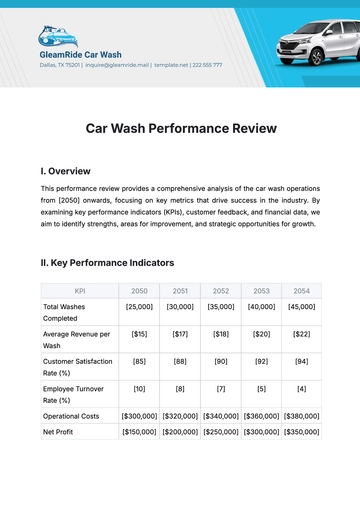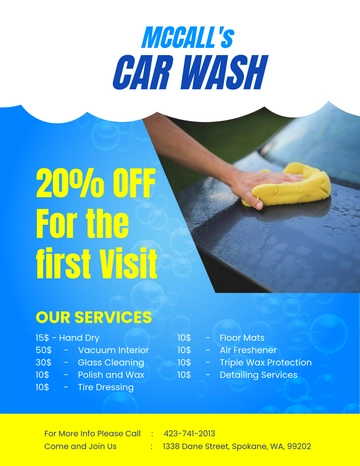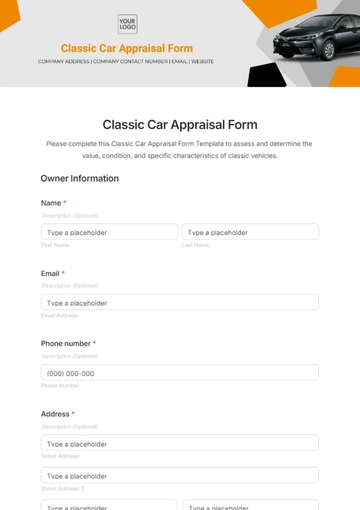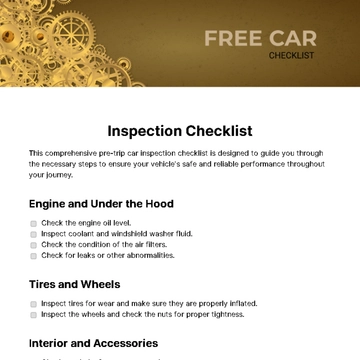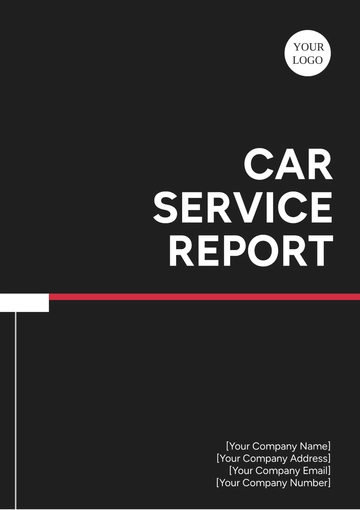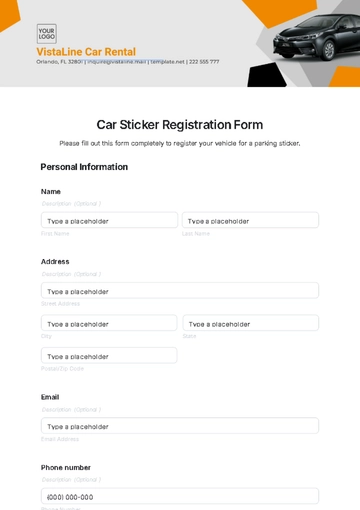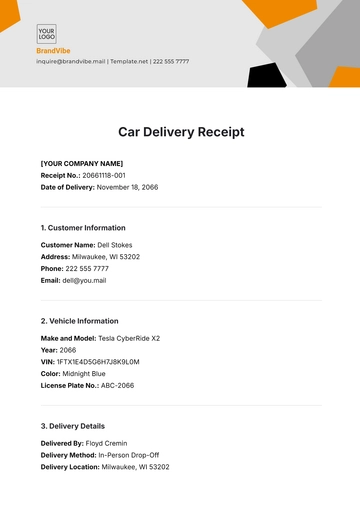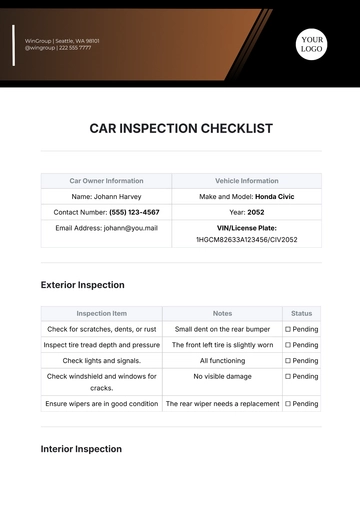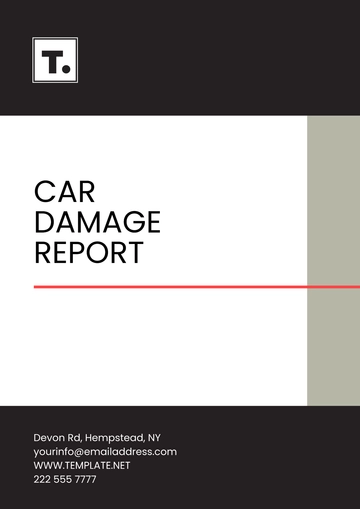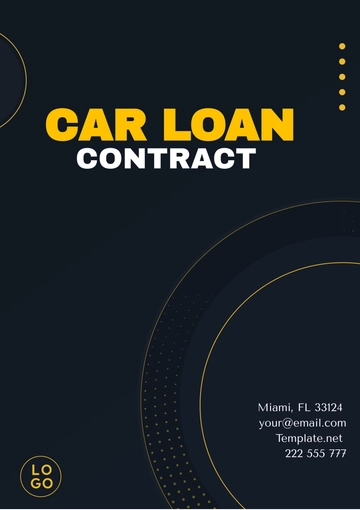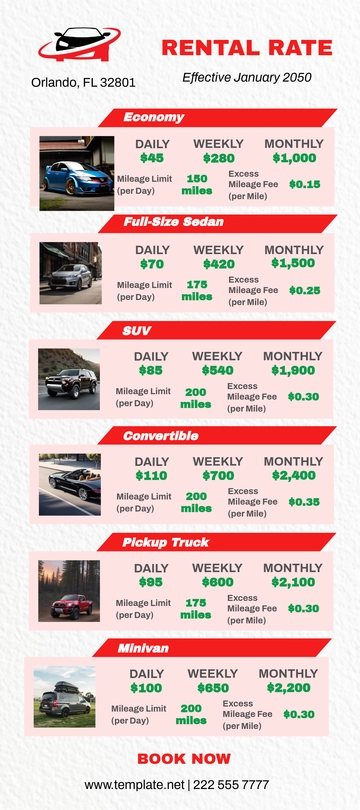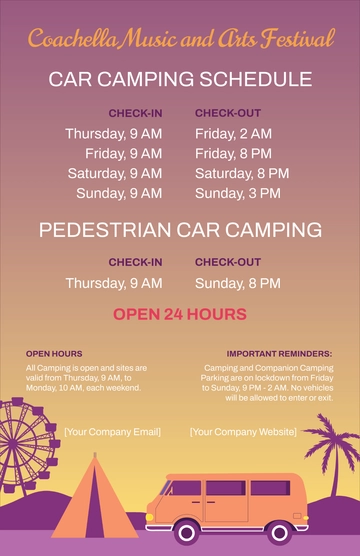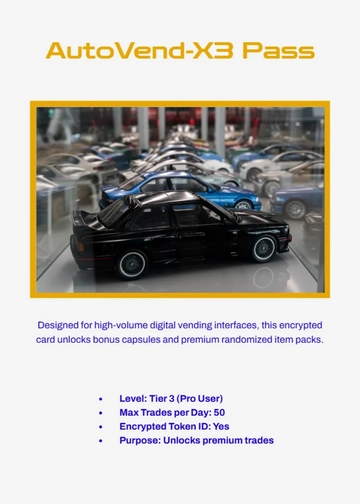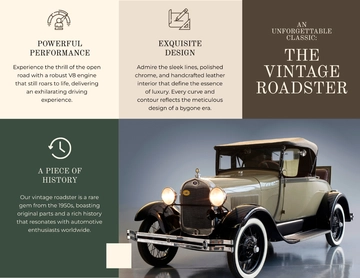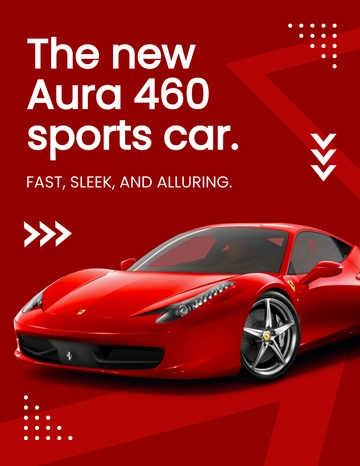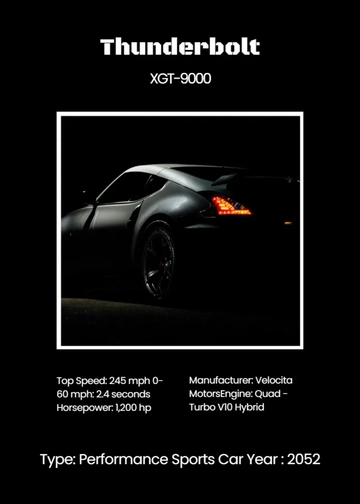Free Car Rental Project Strategy
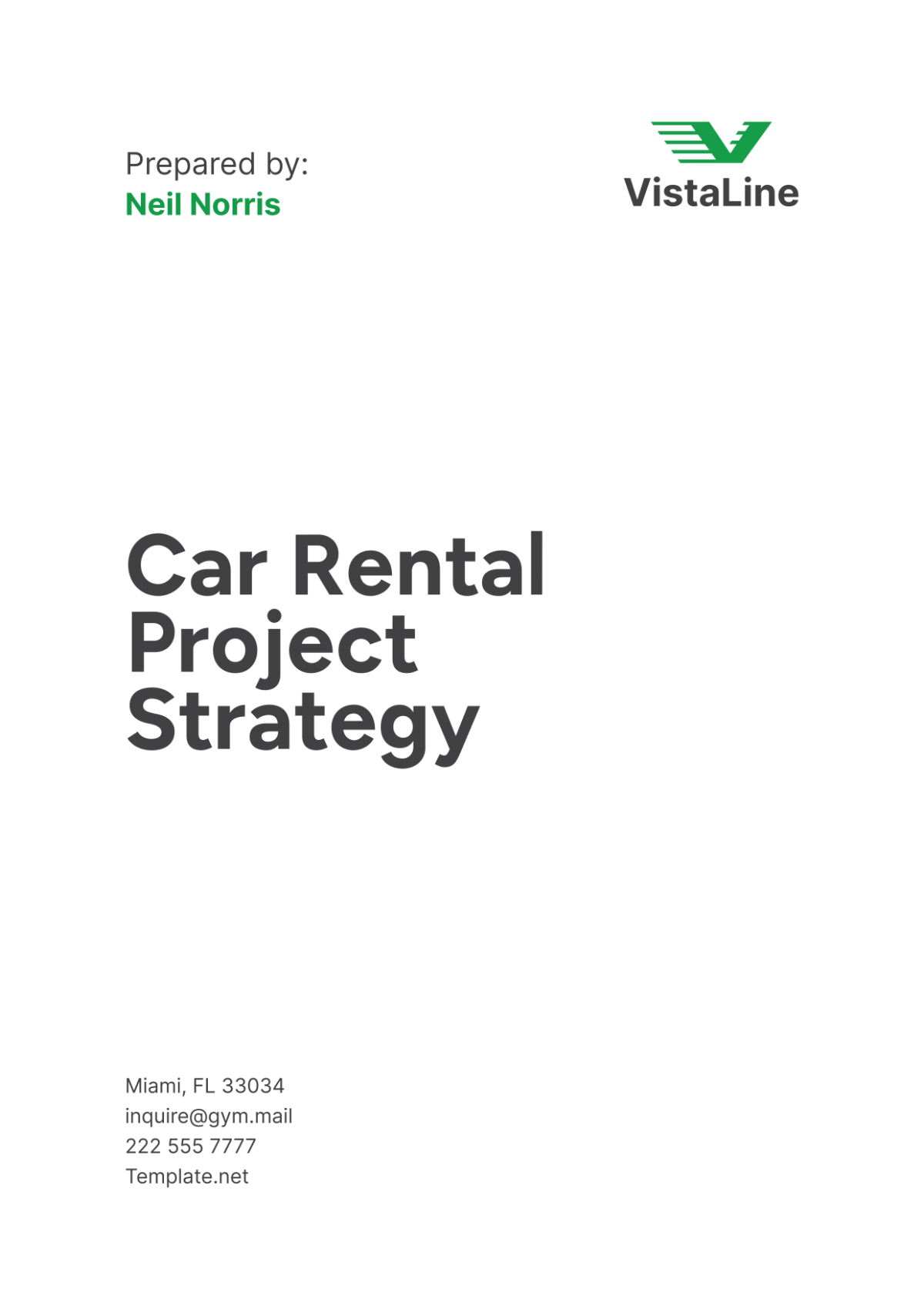
I. Executive Summary
A. Project Overview
[Your Company Name] is embarking on a groundbreaking initiative to establish a leading-edge car rental service catering to a diverse clientele. Our goal is to provide a seamless and convenient rental experience across various vehicle categories, including economy, luxury, SUVs, and electric cars. By leveraging advanced technology and a customer-centric approach, we aim to differentiate ourselves in the competitive car rental industry.
B. Objectives
Establish a customer-centric car rental service that exceeds industry standards in reliability and service quality.
Offer a diverse fleet of vehicles to cater to different customer preferences and needs, ensuring options for both short-term rentals and long-term leases.
Develop and implement an intuitive online booking platform that enhances convenience and accessibility for customers.
C. Key Deliverables
Launch a fully operational and scalable car rental service by Q1 2051, equipped with a comprehensive fleet and robust infrastructure.
Establish partnerships with local businesses, hotels, and travel agencies to expand our market reach and customer base.
Develop and deploy a user-friendly online booking system that supports real-time reservations, vehicle availability updates, and secure payment processing.
Implement effective marketing strategies to promote the new service and drive customer acquisition.
II. Market Analysis
A. Industry Overview
The global car rental industry is experiencing rapid growth driven by increasing travel and tourism activities worldwide. With a projected market size of $125 billion by 2050, the industry is evolving to meet diverse customer demands for flexible transportation solutions.
B. Target Market
Tourists: Both domestic and international travelers seeking convenient and reliable transportation options during their stays.
Corporate Clients: Businesses requiring vehicles for employee travel, client meetings, and operational needs.
Local Residents: Individuals in need of temporary transportation solutions for personal use, special occasions, or emergencies.
Students and Young Adults: Offering flexible rental options tailored to the needs and budgets of younger demographics, including long-term leasing and student discounts.
C. Competitive Analysis
The car rental market is highly competitive, with key players leveraging extensive fleets, established brand reputations, and advanced technology solutions to attract and retain customers. Competitors such as [Competitor A], [Competitor B], and [Competitor C] dominate segments of the market with strengths in fleet size, pricing strategies, and customer service offerings.
Competitor | Strengths | Weaknesses |
|---|---|---|
Competitor A | Large fleet, extensive network, strong brand presence | High rental prices, limited customer service |
Competitor B | Competitive pricing, strong customer service | Limited vehicle options, regional market focus |
Competitor C | Innovation in technology, electric vehicle fleet | Higher operational costs, brand recognition challenges |
D. SWOT Analysis
Strengths:
Diverse Vehicle Fleet: [Your Company Name] will offer a broad selection of vehicles, including eco-friendly options, to cater to diverse customer preferences and market demands.
Strong Brand Reputation: Leveraging our established brand identity and customer trust to attract new customers and build loyalty within the competitive market.
Advanced Online Booking System: Implementing a state-of-the-art online platform that simplifies the booking process, enhances customer convenience, and supports real-time updates for vehicle availability and pricing.
Weaknesses:
Initial High Setup Costs: Significant upfront investments required for fleet acquisition, infrastructure development, and technology implementation may impact initial profitability.
Limited Market Presence: As a new entrant, [Your Company Name] may face challenges in establishing market visibility and competing with established brands initially.
Opportunities:
Growing Demand for Car Rentals: Expanding market opportunities driven by increasing travel activities, urbanization trends, and the shift towards sustainable transportation solutions.
Partnerships and Collaborations: Forming strategic alliances with hotels, airlines, and travel agencies to cross-promote services and enhance market penetration.
Rising Interest in Eco-Friendly Vehicles: Capitalizing on consumer preferences for environmentally friendly transport options by expanding our fleet of electric and hybrid vehicles.
Threats:
Intense Competition: Competitive pressures from established rental companies with larger market shares and extensive operational resources.
Economic Uncertainty: Fluctuations in global economic conditions, currency exchange rates, and consumer spending patterns impacting travel and tourism expenditures.
Regulatory Changes: Adapting to evolving regulatory requirements, environmental standards, and licensing regulations affecting operational costs and business operations.
III. Project Plan
A. Timeline
Q3 2050:
Finalize project scope, objectives, and budget allocations.
Initiate procurement processes for vehicle acquisition and fleet management solutions.
Begin development of the online booking platform, including user interface design and functionality specifications.
Q4 2050:
Complete fleet acquisition and establish agreements with vehicle suppliers and manufacturers.
Conduct beta testing of the online booking platform to identify and resolve any technical issues or user experience challenges.
Launch initial marketing campaigns to build anticipation and awareness of [Your Company Name]'s upcoming car rental service.
Q1 2051:
Officially launch [Your Company Name]'s car rental service to the public, including online and offline promotional activities.
Roll out customer support systems, including 24/7 helpline services, email support, and online chat functionalities.
Establish strategic partnerships with local businesses, hotels, and tourism operators to promote joint offerings and enhance market reach.
B. Budget
The budget for [Your Company Name]'s car rental project is allocated across key areas including fleet acquisition, technology infrastructure, marketing campaigns, operational costs, and contingency planning to ensure financial stability and operational efficiency.
Item | Cost ($) |
|---|---|
Fleet Acquisition | 10,000,000 |
Technology Infrastructure | 2,000,000 |
Marketing Campaigns | 1,500,000 |
Operational Costs | 3,000,000 |
Contingency Planning | 500,000 |
Total Budget Allocation | 17,000,000 |
C. Resource Allocation
Human Resources:
Project Management: Appointing a dedicated project manager to oversee all aspects of the car rental project, including procurement, operations, and customer service.
Technical Team: Recruiting IT specialists, software developers, and UX/UI designers to develop and maintain the online booking platform and IT infrastructure.
Marketing Team: Forming a marketing team to execute promotional campaigns, manage brand communications, and engage with target audiences through various channels.
Operations Staff: Hiring operational staff, including vehicle maintenance technicians, customer service representatives, and administrative personnel to support daily operations and customer inquiries.
Partnership Development: Assigning resources to establish and manage partnerships with local businesses, hotels, and travel agencies to expand service offerings and enhance market penetration.
Technological Resources:
Online Booking Platform: Developing a robust online booking platform with advanced features such as real-time reservation capabilities, secure payment processing, and user account management.
Fleet Management System: Implementing a comprehensive fleet management system to monitor vehicle utilization, maintenance schedules, and operational efficiencies.
Customer Relationship Management (CRM) Software: Integrating a CRM system to manage customer interactions, feedback, and service requests effectively.
IT Infrastructure: Investing in scalable IT infrastructure, including servers, cloud computing services, and cybersecurity measures to ensure data protection and system reliability.
Physical Resources:
Rental Locations: Identifying and securing rental office locations in high-traffic areas, airports, and urban centers to maximize accessibility and convenience for customers.
Maintenance Facilities: Establishing dedicated vehicle maintenance facilities equipped with state-of-the-art tools and equipment to ensure timely repairs and preventive maintenance.
Storage Areas: Allocating secure storage areas for vehicles not in use, ensuring adequate space and security measures to protect the fleet from theft or damage.
IV. Operational Strategy
A. Fleet Management
Vehicle Acquisition Strategy:
[Your Company Name] will strategically acquire a diverse range of vehicles tailored to meet customer preferences and market demands, including economy cars, luxury vehicles, SUVs, and eco-friendly options such as electric and hybrid vehicles.
Forming partnerships with reputable vehicle manufacturers and dealerships to negotiate bulk purchase agreements, competitive pricing, and favorable leasing terms.
Maintenance and Servicing Protocols:
[Your Company Name] will establish rigorous maintenance protocols to ensure the fleet remains in optimal condition, maximizing vehicle lifespan, safety, and customer satisfaction.
Hiring certified mechanics, technicians, and service professionals with expertise in automotive diagnostics, repair, and preventive maintenance practices.
Technology Integration and Innovation:
[Your Company Name] will integrate advanced technology solutions into fleet management operations to enhance efficiency, transparency, and operational effectiveness.
Adopting fleet management software platforms with real-time tracking, monitoring, and reporting capabilities to optimize vehicle utilization, route planning, and logistics management.
B. Online Booking Platform
Platform Development and Features:
[Your Company Name] will develop a user-centric online booking platform that enhances accessibility, convenience, and customer engagement across desktop, mobile, and tablet devices.
Collaborating with experienced software developers, UX/UI designers, and IT specialists to design an intuitive, visually appealing interface with seamless navigation, clear information architecture, and interactive booking functionalities.
Testing and Optimization:
Conducting comprehensive beta testing, usability testing, and A/B testing initiatives to identify user experience (UX) pain points, performance bottlenecks, and interface usability challenges.
Soliciting feedback from focus groups, pilot testers, and early adopters to gather actionable insights, refine platform functionalities, and enhance user satisfaction levels.
Launch and Rollout Strategy:
Strategically planning a phased rollout of the online booking platform, starting with soft launches, pilot programs, and targeted market testing initiatives in select geographic regions or customer segments.
Generating pre-launch buzz, building anticipation, and driving initial user adoption through integrated marketing campaigns, social media promotions, and digital advertising channels.
C. Customer Service
Training and Development Programs:
[Your Company Name] will prioritize employee training, professional development, and skills enhancement initiatives to cultivate a customer-centric service culture.
Conducting comprehensive onboarding sessions, job-specific training modules, and continuous education programs to equip customer service representatives (CSRs) with industry knowledge, procedural expertise, and communication skills.
Multi-Channel Support Systems:
[Your Company Name] will establish a multi-channel support ecosystem encompassing telephony, email correspondence, live chat platforms, and social media channels to accommodate diverse customer preferences.
Implementing integrated customer relationship management (CRM) software solutions, ticketing systems, and omnichannel communication frameworks to streamline service request handling, issue resolution, and information retrieval.
Feedback and Improvement Strategies:
[Your Company Name] will implement robust feedback collection mechanisms, customer satisfaction surveys, and Net Promoter Score (NPS) evaluations to gauge service quality perceptions, measure customer loyalty, and identify improvement areas.
Establishing real-time feedback loops, sentiment monitoring dashboards, and analytical reporting frameworks to capture actionable insights, uncover service pain points, and prioritize improvement initiatives.
V. Marketing Strategy
A. Brand Positioning
[Your Company Name] will position itself as a premium yet affordable car rental service provider distinguished by exceptional customer service, diverse vehicle options, and seamless booking experiences. Emphasizing convenience, reliability, and affordability, our brand will resonate with travelers, corporate clients, and local residents seeking flexible transportation solutions.
B. Marketing Channels
Digital Marketing Strategies:
[Your Company Name] will leverage search engine optimization (SEO), pay-per-click (PPC) advertising, and content marketing strategies to enhance online visibility, drive website traffic, and generate qualified leads.
Engaging target audiences through social media platforms, influencer collaborations, and viral marketing campaigns to amplify brand awareness, foster community engagement, and cultivate brand advocates.
Traditional Marketing Initiatives:
[Your Company Name] will execute print advertising campaigns, direct mail promotions, and outdoor media placements in strategic locations to reach local markets, target commuter traffic, and capture pedestrian footfall.
Collaborating with travel industry publications, lifestyle magazines, and business directories to feature editorial content, advertorials, and advertorials that showcase [Your Company Name]’s brand story, service offerings, and unique value proposition.
Partnerships and Collaborations:
[Your Company Name] will form strategic alliances with hotels, resorts, airlines, and travel agencies to cross-promote services, bundle travel packages, and create seamless travel experiences for customers.
Establishing affiliate marketing partnerships, referral programs, and joint marketing initiatives with complementary businesses to expand reach, access new customer segments, and drive mutual business growth.
C. Customer Acquisition and Retention
Customer Acquisition Strategies:
[Your Company Name] will implement customer acquisition strategies, promotional campaigns, and special offers to attract new customers, stimulate trial bookings, and incentivize first-time users to experience [Your Company Name]’s car rental services.
Launching introductory promotions, welcome discounts, and referral incentives to encourage word-of-mouth referrals, expand customer reach, and drive initial booking volume during the launch phase.
Customer Retention Strategies:
[Your Company Name] will focus on customer retention strategies, loyalty programs, and retention initiatives to cultivate long-term relationships, drive repeat bookings, and enhance customer lifetime value (CLV).
Introducing loyalty rewards programs, tiered membership levels, and exclusive perks to incentivize repeat bookings, reward loyal customers, and foster brand advocacy within [Your Company Name]’s customer community.
Customer Service Excellence:
[Your Company Name] will prioritize customer service excellence, service quality standards, and operational efficiencies to deliver exceptional customer experiences and exceed service expectations.
Cultivating a customer-centric culture, service-oriented values, and empathetic communication skills among frontline staff, customer service representatives (CSRs), and service delivery teams to build rapport, foster trust, and ensure customer satisfaction.
VI. Financial Strategy
A. Revenue Generation
Service Pricing Strategies:
[Your Company Name] will implement competitive pricing strategies, dynamic pricing models, and revenue optimization techniques to maximize profitability, capture market share, and drive revenue growth within the car rental industry.
Conducting market research, competitive benchmarking, and pricing analysis to assess market demand, evaluate pricing elasticity, and determine optimal price points for [Your Company Name]’s rental services based on customer preferences, competitor pricing strategies, and economic trends.
Revenue Streams and Monetization Strategies:
[Your Company Name] will diversify revenue streams, explore ancillary revenue opportunities, and monetize value-added services to enhance profitability, mitigate revenue volatility, and generate incremental income beyond core rental operations.
Introducing upsell opportunities, cross-selling initiatives, and supplementary services such as insurance coverage, GPS navigation systems, and in-vehicle amenities to enhance customer value propositions, increase transaction sizes, and boost revenue per rental transaction.
Revenue Growth Strategies:
[Your Company Name] will focus on revenue growth strategies, market expansion initiatives, and geographic diversification efforts to accelerate business growth, penetrate new markets, and capitalize on emerging opportunities within the global car rental industry.
Expanding [Your Company Name]’s presence in key metropolitan markets, high-traffic travel hubs, and strategic locations to enhance brand visibility, capture local demand, and attract inbound travelers seeking convenient transportation solutions.
B. Cost Management
Operational Efficiency and Cost Optimization:
[Your Company Name] will prioritize operational efficiency, cost management strategies, and expense control measures to streamline business operations, reduce overhead costs, and improve profitability margins within the car rental industry.
Conducting operational audits, process optimization reviews, and performance benchmarking analyses to identify inefficiencies, eliminate redundancies, and streamline workflow processes that impact [Your Company Name]’s operational effectiveness and resource utilization.
Cost Reduction Initiatives:
[Your Company Name] will implement cost reduction initiatives, expense reduction strategies, and budget optimization measures to mitigate cost pressures, improve cost competitiveness, and strengthen financial resilience within the car rental industry.
Conducting cost-benefit analyses, procurement reviews, and vendor renegotiation exercises to optimize procurement spend, negotiate favorable terms, and achieve cost savings across [Your Company Name]’s supply chain, procurement processes, and supplier relationships.
Financial Sustainability and Profitability:
[Your Company Name] will focus on financial sustainability, profitability targets, and capital allocation strategies to achieve long-term growth, enhance shareholder value, and sustain competitive advantage within the car rental industry.
Setting financial performance goals, profitability benchmarks, and return on investment (ROI) targets to measure financial success, assess business performance, and align [Your Company Name]’s strategic initiatives with shareholder expectations, investor priorities, and stakeholder interests.
VII. Technology and Innovation
A. Technological Transformation
Digital Transformation Roadmap:
[Your Company Name] will embark on a digital transformation journey, technology integration initiatives, and innovation-driven strategies to enhance operational agility, accelerate business growth, and drive competitive advantage within the car rental industry.
Developing a digital transformation roadmap, technology adoption framework, and IT strategy aligned with [Your Company Name]’s business objectives, operational priorities, and strategic goals to optimize customer experiences, streamline business processes, and foster organizational resilience.
IT Infrastructure and Cybersecurity:
[Your Company Name] will optimize IT infrastructure, cybersecurity defenses, and data privacy measures to safeguard critical assets, protect customer information, and ensure operational continuity in an increasingly digital, interconnected business environment.
Upgrading network infrastructure, IT systems, and data storage capabilities to enhance reliability, scalability, and performance in supporting [Your Company Name]’s digital operations, business applications, and technological innovations across diverse geographic regions and operational domains.
Innovation Leadership and Industry Disruption:
[Your Company Name] will foster innovation leadership, industry disruption, and entrepreneurial spirit to drive technological advancements, business innovation, and sustainable growth within the competitive car rental industry landscape.
Establishing an innovation lab, research and development (R&D) center, or innovation incubator to explore emerging technologies, pilot new solutions, and incubate innovative ideas that address industry challenges, enhance customer experiences, and unlock new business opportunities.
B. Technological Integration
IT Architecture and System Integration:
[Your Company Name] will optimize IT architecture, system integration capabilities, and digital infrastructure to support seamless data connectivity, operational efficiency, and technological innovation within the car rental industry.
Designing scalable IT architectures, modular systems, and interoperable platforms that facilitate integration, interoperability, and data exchange across [Your Company Name]’s enterprise applications, business systems, and digital channels to enhance operational agility and business responsiveness.
Data Analytics and Business Intelligence:
[Your Company Name] will harness data analytics, business intelligence (BI), and predictive analytics to derive actionable insights, drive informed decision-making, and optimize business performance within the car rental industry.
Developing data-driven strategies, analytics frameworks, and BI dashboards that empower [Your Company Name]’s stakeholders, operational teams, and executive leadership with real-time visibility into key performance metrics, operational KPIs, and business performance indicators.
AI and Machine Learning Applications:
[Your Company Name] will leverage AI, machine learning (ML), and predictive analytics to automate business processes, enhance decision-making capabilities, and deliver personalized customer experiences within the car rental industry.
Developing AI-driven algorithms, predictive models, and recommendation engines that analyze historical data, predict future trends, and optimize [Your Company Name]’s rental fleet management, pricing strategies, and inventory optimization based on dynamic market demand and customer preferences.
- 100% Customizable, free editor
- Access 1 Million+ Templates, photo’s & graphics
- Download or share as a template
- Click and replace photos, graphics, text, backgrounds
- Resize, crop, AI write & more
- Access advanced editor
Plan and execute projects seamlessly with the Car Rental Project Strategy Template from Template.net. It's editable and customizable, tailored to optimize project management. Use our Ai Editor Tool to develop strategies that align with business goals, ensuring efficient execution and success.
